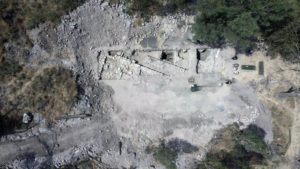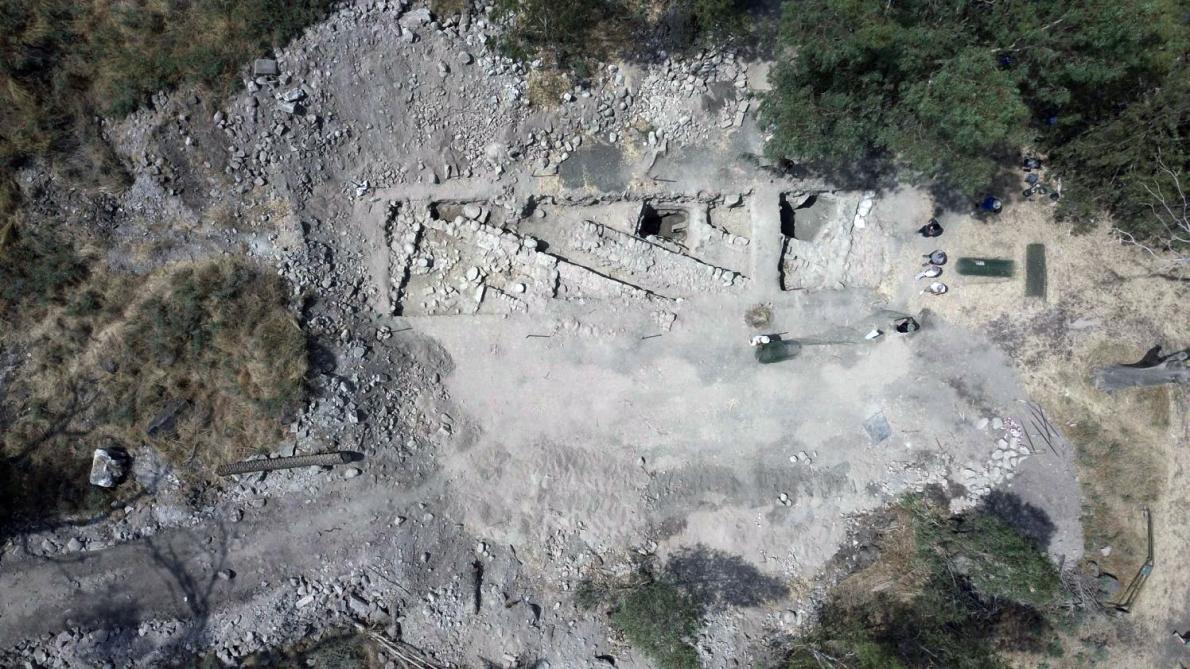 Archaeologists have discovered a lost Roman city, located on the northern shore of the Sea of Galilee. Based on the discoveries, historians and archaeologists believe it was the home city of the disciples Peter, Andrew and Philip.
Archaeologists have discovered a lost Roman city, located on the northern shore of the Sea of Galilee. Based on the discoveries, historians and archaeologists believe it was the home city of the disciples Peter, Andrew and Philip.
Ruins of a Roman bathhouse—the trademark of established Roman cities—was discovered, along with glass mosaic pieces, pottery sherds and two coins.
The three disciples were from Bethsaida, we are told in Scripture. We also know from historical accounts recorded by Josephus that King Philip Herod took the Jewish settlement from a small fishing village to a proper Roman polis (city). However, archaeologists are not clear yet whether the Roman city Julias was built on top of Bethsaida or near it. But the relative location, known today as el-Araj, is the same.
That’s not to say that everyone is on board with passing this finding off as Julias. Other theories include two nearby sites. However, due to what archaeologists believe were miscalculations done to determine the water level of the Sea of Galilee during the Roman period, most now believe that el-Araj would have been above the water line, and its location on the delta of the River Jordan make it the prime candidate for the city.
While the first headlines announcing the discovery claimed the “Roman Home of Jesus’s Disciples Discovered in Israel,” the academic director of the el-Araj excavations, Steven Notley of Nyack College, is urging people not to jump to conclusions before more has been excavated.
What the headlines refer to is the discovery of walls with gilded glass tesserae (the small pieces used for mosaics), which might be evidence of a well-off church from the Byzantine period. According to Willibald, a bishop from Bavaria who visited the Holy Land in 725 C.E., there was a church at Bethsaida that was built over the house of Peter and Andrew. Hence, the speculation and hasty headline.
However, as much as Notley prescribes patience as the team continues excavations, things are looking pretty positive that this might, in fact, be Bethsaida. Speaking to National Geographic, Notley says:
“[What Willibard’s account] tells us is that in the Byzantine period we have living memory of the site of Bethsaida and identifies it with the Gospel tradition… Only time will tell if (1) our site has the Byzantine church, and (2) it is correctly situated on the site of first-century Bethsaida.”
Notley adds, “I think our prospects of an affirmative answer on these two points is very, very good.”
This report was originally published here.





















